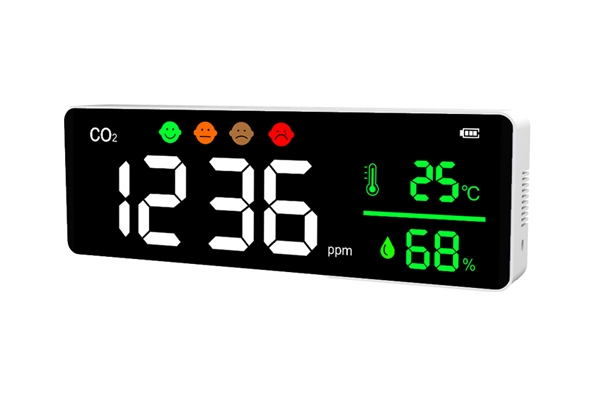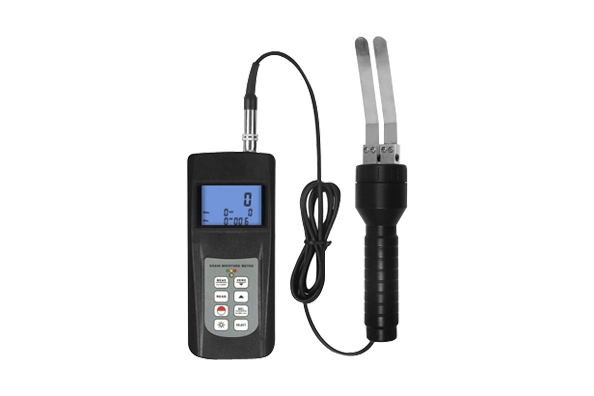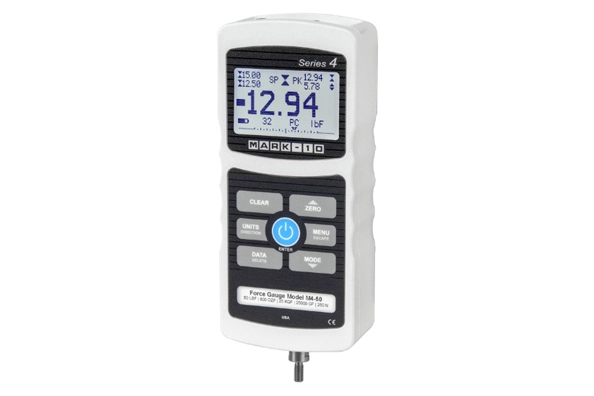Vertical high pressure steam sterilizer autoclaves use saturated steam to act on microorganisms on the load, causing their proteins to denature and die, achieving efficient sterilization. They are widely used for the sterilization of items such as culture media, medical instruments, glassware, containers, and waste, covering multiple fields such as biopharmaceuticals, food, inspection and testing, and environmental protection. As a leading and professional hardness tester factory, we will state the precautions for Lanetech Vertical High Pressure Steam Sterilizer Autoclave in this blog.
Precautions for Using Vertical High Pressure Steam Sterilizer Autoclave
Personal Protection
Wear a full set of personal protective equipment, including gloves, goggles/face shield, mask, and protective clothing when operating vertical high pressure steam sterilizer autoclave, especially when handling waste.
Pay attention to personal hygiene, frequently wash hands, and avoid direct contact with items to be sterilized.
Correct Loading
Use specialized autoclave bags to prevent acidic or alkaline samples from corroding the bags.
Use specialized stainless steel baskets or bottom tray baskets for loading. Do not place items directly in the sterilization chamber.
Adhere to the maximum loading limit; maintain gaps between items, place them in a single layer, and avoid overlapping.
Sterilize paired instruments separately to ensure sterilization effectiveness.
Equipment Setup and Operation
Before operating the vertical high pressure steam sterilizer autoclave, check the equipment's condition to ensure proper grounding, no external damage, sealed containers, and no obstructions around it.
Set appropriate sterilization parameters (temperature, pressure, time) based on the characteristics of the items.
Monitor the operation of the vertical high pressure steam sterilizer autoclave closely during the sterilization process to ensure effective sterilization.
Maintenance and Care of Vertical High Pressure Steam Sterilizer Autoclave
Management of Built-in Water Tank and Sterilization Chamber
Regularly drain the built-in water tank to prevent scale buildup.
The water inside the sterilization chamber should be replaced regularly to prevent clogging of the solenoid valve and rust.
Regularly clean the sterilization chamber to remove scale and debris. Protect the heating tube and temperature control switch.
Cleaning of Key Components
Heating Tube
Check and gently clean surface dirt, avoiding movement or damage to the temperature control switch.
Water Level Sensor
Keep it clean to prevent dirt from causing false alarms or shutdowns.
Instrument Surface
Wipe the vertical high pressure steam sterilizer autoclave with a soft cloth. If necessary, add a small amount of neutral detergent. Avoid using corrosive cleaners.
Seal Ring Maintenance
Regularly check the integrity of the vertical high pressure steam sterilizer autoclave's seal ring and replace it immediately if damaged.
Regularly clean the surface of the vertical high pressure steam sterilizer autoclave's seal ring to remove dirt and maintain sealing performance.
Proper daily maintenance and care of the vertical high pressure steam sterilizer autoclave can better ensure its normal operation, reduce the likelihood of malfunctions, and extend the instrument's service life.

 français
français Español
Español русский
русский العربية
العربية português
português


